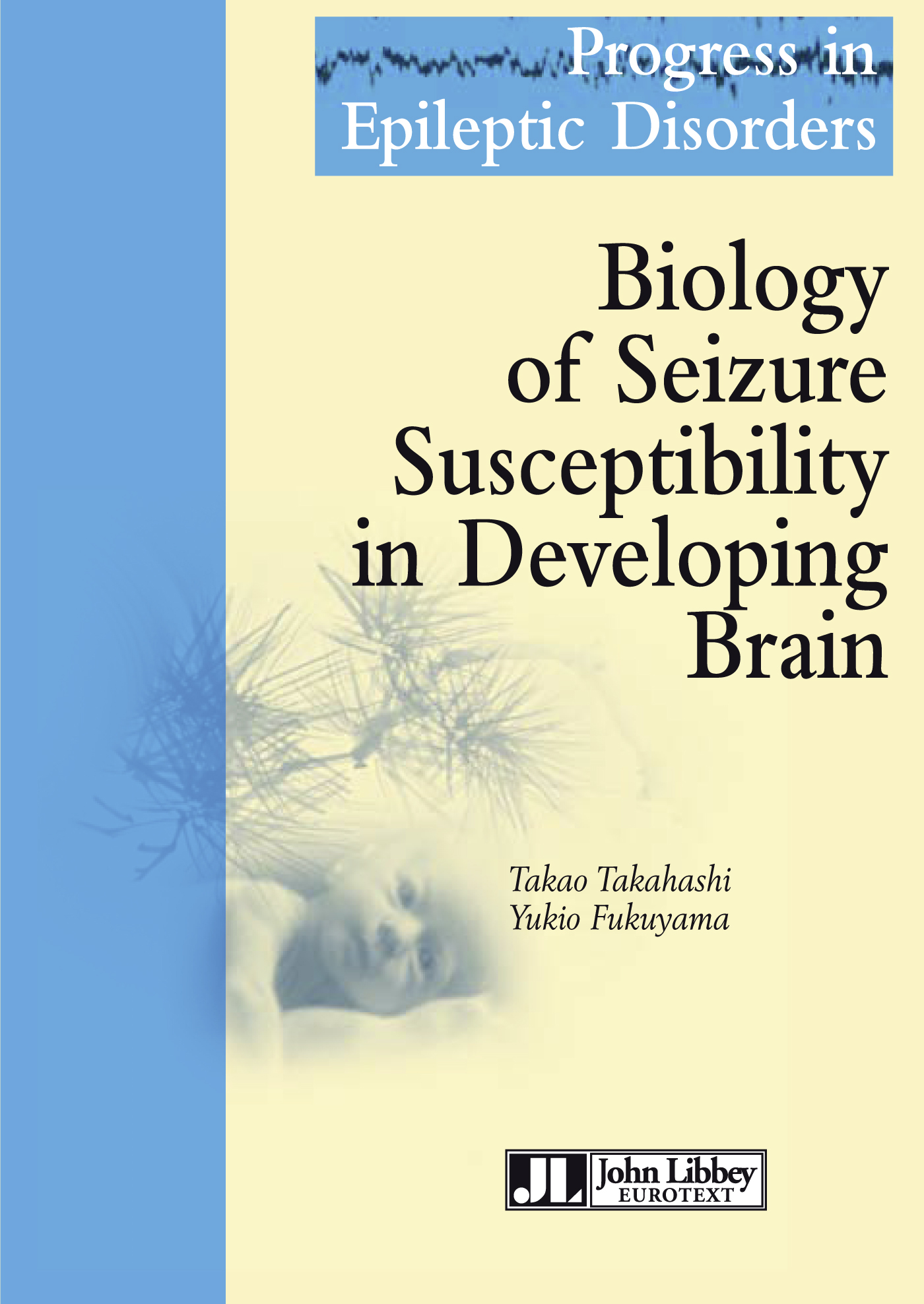(for any order > 35€)
Underlying biology that governs the age-dependent seizure susceptibility is a new, exciting research field for every pediatric epileptologist and developmental neuroscientist. On a daily practice basis, clinicians know that there is a close correlation between the degree of seizure susceptibility and the age of the individual. Pathophysiological mechanisms involved are multiple, including race/gender nutrition, receptors/ion channels, dysgenesis, pharmacokinetics of anti-epileptic drugs, acute illnesses/inflammation and many others.
World's leading experts participated in this book, with original papers dealing with the cutting edge of knowledge in various aspects of underlying biology. Each chapter presents a comprehensive review of the subject, guiding the readers to better understand the contemporary status of achievements in this challenging research field.
CONTENTS
- Ion channels
- Progress in genetics of severe myoclonic epilepsy in infancy
- Functional effects of four sodium Channel mutations that cause generalized epilepsy with febrile seizures plus
- Neonatal seizures
- Risk factors for postneonatal epileptic seizures in newborns with neonatal seizures
- Treatment of neonatal seizures and other intractable epilepsies with cationchloride co-transporter antagonists
- Infantile seizures
- ARX mutation in females; an under-recognized cause of epilepsy and developmental delay
- Genetic etiology of age-dependent epileptic encephalopathies in infancy: longer polyalanine expansion in ARX causes earlier onset and more severe phenotype
- Distinct clinical course of epilepsy with an SNC2a mutation – Comparison with scn1a mutations
- Intrinsic factors
- Linking biochemical pathways to seizure susceptibility in early life; lessons from inborn errors of metabolism
- Sex influence on the maturation of endogenous systems involved in seizure control
- External influences
- How the environment shapes genetically induced seizure activity in rats
- Abnormal brain development
- Genetic malformations of the cerebral cortex and seizure susceptibility during infancy and childhood
- Fetal synaptogenesis and epilepsy of early infancy
- Seizure susceptibility in tuberous sclerosis complex
- Epilepsy and mental retardation in tuberous sclerosis complex – Can we prevent them?
